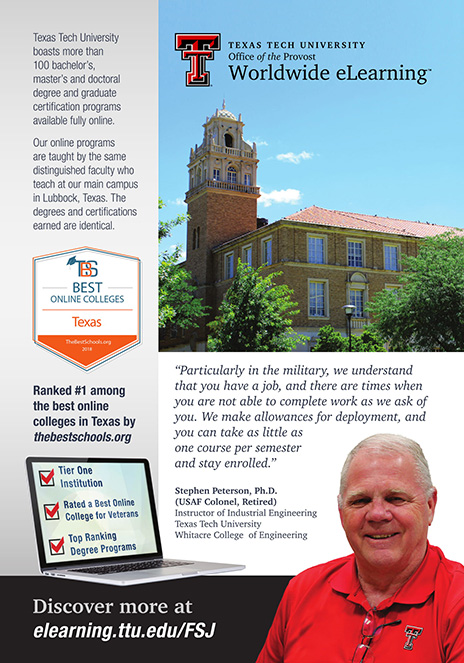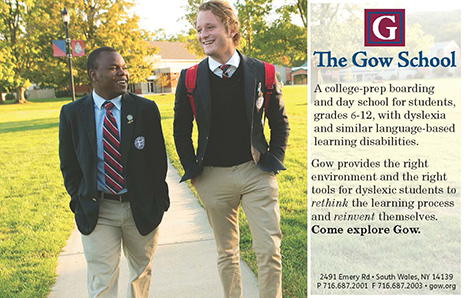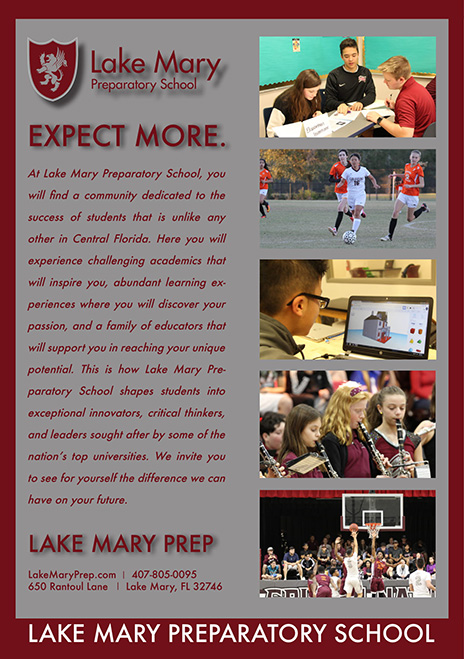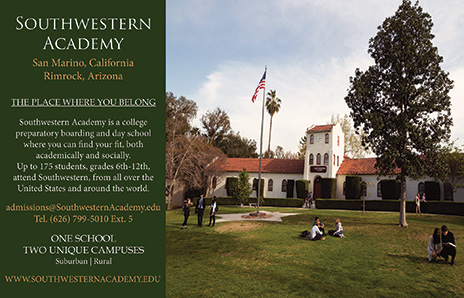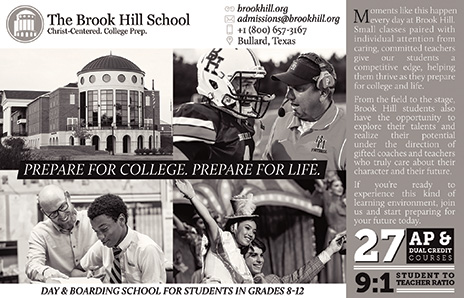The Vocational Education Option: A Student’s Search for Meaning in Today’s Economy
The vocational-technical path can make a lot of sense in today’s changing economy.
BY MARYBETH HUNTER
Parents and Students Who’ve “Been There” Talk about the Vocational Path
Some Foreign Service families have chosen to pursue an interdisciplinary path and incorporate vocational education and apprenticeships to round out an otherwise traditional college route. Here’s what they have to say on the topic:
[My daughter’s] internship as a line cook at a large catering company led her to her current job as an assistant to an event designer at the same company. She’s putting together individual and corporate client proposals for events and working under a great mentor who is teaching her the trade. She combines her marketing/business degree from the University of Denver with her knowledge of cooking, special events and menu planning. She is in her element and loving it.
—Foreign Service parent of a University of Denver/Stratford University School of Culinary Arts and Hospitality Management graduate
I wish I’d done this sooner. It was so exciting to be able to pull in everything [I’ve] learned and actually build something functional. Every aspect [of the process] was so rewarding, I really could not love this school any more, and am really excited about starting a career in coding. The skills are so empowering, and I really feel like I’ve gotten back that ‘I can do anything’ feeling you have as a kid.
—Jonathan Mines, a graduate of Coding Bootcamp and now a Coaching Fellow at the Flatiron School
Now more than ever, one must make this decision on a case by case basis … look at professions that are likely to stay. Do your research. There are certificates, vocational schools, internships and apprenticeships. Use the internet and talk to people. Join professional trade associations and groups, reach out to experts in your chosen profession.
See if you can try it out first. Get an internship or work with a master in that trade; easier said than done, but well worth asking. Be willing to be rejected many times, and once you do meet a master in your career field, don’t be afraid to ask to shadow them as they work. Ask questions about how they became who they are. Ask their advice.
[Finally, realize] that pursuing a vocation is more of a commitment than going to university. [By] pursuing a vocation with the right certifications, you are guaranteeing yourself to have work, but only in one field. Whereas [by receiving a degree from a] university, you are not guaranteed to have work, but there are possibilities in many different fields.
—Nicholas Williams, pursuing apprenticeships and vocational degrees in watchmaking
Here’s something all parents have in common: they want what is best for their children. This goes for both educational pursuits and career aspirations.
The trick is, how does one define what is best? Parents want their children to be happy, successful and thoughtful. So how do they channel their children’s natural strengths and abilities into the ideal posthigh school educational path?
One option that is often overlooked is the vocational technical post-secondary path for Foreign Service children. This could be in lieu of, or in addition to, a traditional four-year college track.
Contemporary society offers complex educational choices—choices that can leave parents and students feeling overwhelmed. While reviewing educational options, they might find themselves pondering the true purpose of education. How does one navigate the financial cost of college and the troubling implications of student debt for young adults? And how can parents ensure—or at least increase the odds—that the skills young people gain relate to the demands of the competitive job market?
Several Foreign Service families have addressed these difficult questions by exploring vocational technical school options. (See Resources, below, for a start.)
Here are some reasons why vocational technical schools can be considered an attractive choice.
First, they teach concrete skills that graduates can apply in the job market. Many technical skills are in short supply today and are sorely needed by industry due to the changing nature of labor demands. For example, technical skills such as those used in the construction trades are now in high demand and cannot be outsourced. The work must be done on site, with the available local labor.
Second, this path to remunerative employment is typically faster and targeted to a specific career. Students take anywhere from two to five years (often including apprenticeships or other working periods) to complete a program to become certified or to earn a degree.
Unlike most four-year college students, vocational technical students are free to take only those classes that are required for a specific degree or certificate. As a result, vocational technical schools tend to cost less than the traditional four-year college.
Many Benefits
For some, “trades” might translate to specific occupations (also known as “new collar” jobs) requiring a very specific skill set. Students might look to gain these skills via training in the form of apprenticeships or internships sponsored by vocational technical schools and community colleges.
If the goal is achieving a high salary, some of the highest-paid skilled trades in America include construction management, rotary drill operations for the oil and gas industry, plumbing, the electrical industry, the commercial diving industry, HVAC work, carpentry, welding, auto mechanics, the funeral service industry and a host of options in the medical field, including medical sonography and respiratory therapy.
At some schools, the entire curriculum revolves around mastering skills based on community needs. The American College of the Building Arts is one example. Located in Charleston, South Carolina, ACBA was created out of necessity in 1999, when the community experienced a lack of skilled workers to repair the many historical buildings destroyed by Hurricane Hugo in 1989.
According to its website, the mission of ACBA is to “educate and train artisans in the traditional building arts, to foster exceptional craftsmanship and encourage the preservation, enrichment and understanding of the world’s architectural heritage through a liberal arts education.” Twenty-six of the 32 students who graduated between 2015 and 2017 are employed in their field of study.
This path to remunerative employment is typically faster and targeted to a specific career.
A head start on career training might be just the ticket for the curious Foreign Service student. Many public high schools in the United States offer academies or specialized programs that feature courses for students interested in preparing themselves (both academically and through hands-on training) for their career of choice.
Enrolling in specialized classes gives students a chance to learn from business leaders while exploring firsthand all of what a career entails. Students might also consider apprenticeship programs for highly skilled occupations that combine supervised, paid on-the-job training with classroom instruction.
Students interested in vocational technical options should think carefully about their living arrangements. In contrast with traditional four-year colleges, community colleges and technical schools often do not offer dormitories, social activities or meal plans for students.
New Trends, Old Models
In whatever manner parents choose to guide their children, it is important to prepare them to address the recurrent tidal waves of globalization and technology. Students need to be well positioned for how these powerful trends will play out in our economy and society.
In the past, conventional thinking separated education and career into either blue-collar or white-collar tracks. This model may be increasingly obsolete. In the future, the more appropriate model may be a trichotomy: jobs that can exist solely on the internet, those that require a physical presence and those blending both. (To quote Princeton economist Alan Blinder: One “can’t hammer a nail through the internet.”)
At any rate, students need instruction beyond what the curriculum of either academic or vocational education offers. Solid character, interpersonal skills, spiritual wisdom and community involvement complete the package in the young adult on the road to personal and professional fulfillment.
Versatile communication skills combined with app savvy make for the ability to engage comfortably with others face-to-face, as well as online. Perhaps it is a healthy combination of both thinking and doing that constitutes a more complete education.
Why not merge together a keen understanding of the significance and context of work and valued technical skills? Such a blend can build confidence in the student so that he or she feels well prepared to contribute meaningfully in the modern world.
Consider the following words by John William Gardner, Secretary of Health, Education, and Welfare under President Lyndon Johnson: “The society which scorns excellence in plumbing as a humble activity and tolerates shoddiness in philosophy because it is an exalted activity will have neither good plumbing nor good philosophy: neither its pipes nor its theories will hold water.”
Resources
Association for Career and Technical Education: Activities focus on professional development, program improvement, policy development and marketing.
Career and Technical Student Organizations: List of career and technical student organizations.
Center on Education and Work: Research, development and service programs designed to improve vocational-technical education, career development and other work-related programs.
Educational Resources Information Center Clearinghouse on Adult, Career and Vocational Education: Resources and publications focusing on adult and continuing education; career education, childhood through adult; and vocational and technical education, including employment and training.
Institute for Educational Leadership’s Center for Workforce Development: Works to strengthen ties among workers, learning institutions and the workplace. CWD activities provide assistance to federal, state and local governments, as well as to schools and employers.
National Association for Tech-Prep Leadership: Encourages career development, professional involvement and networking among members who are Tech Prep leaders.
National Association of State Directors of Vocational Technical Education Consortium: Provides leadership for vocational technical education for all youth and adults at the national, state and local levels.
National Career Development Association: Assists the public and professionals involved with or interested in career development, including professional development activities and publications.
National Centers for Career and Technical Education: Conducts research and evaluation activities for career and technical education projects.
–From the U.S. Department of Education



